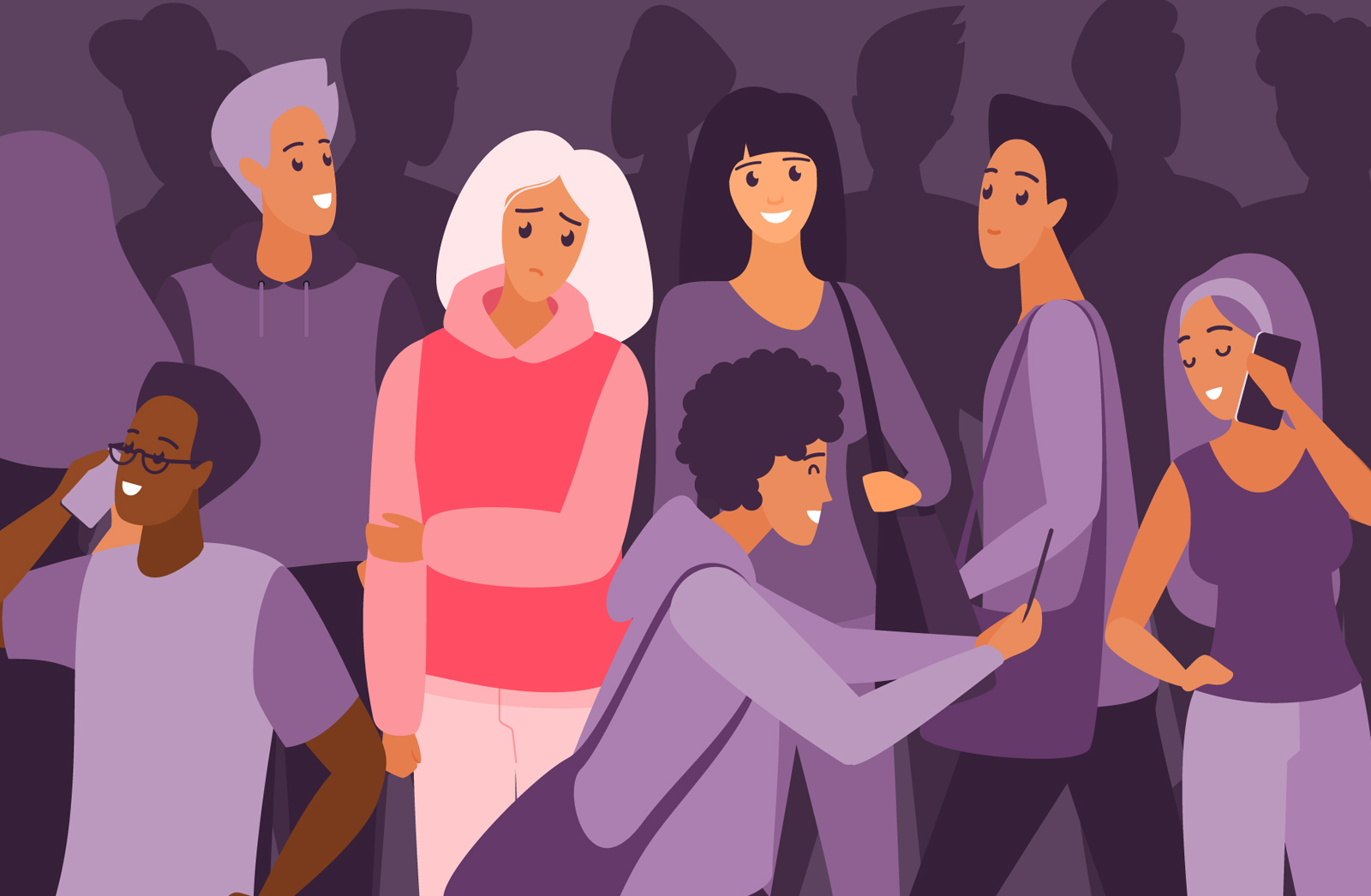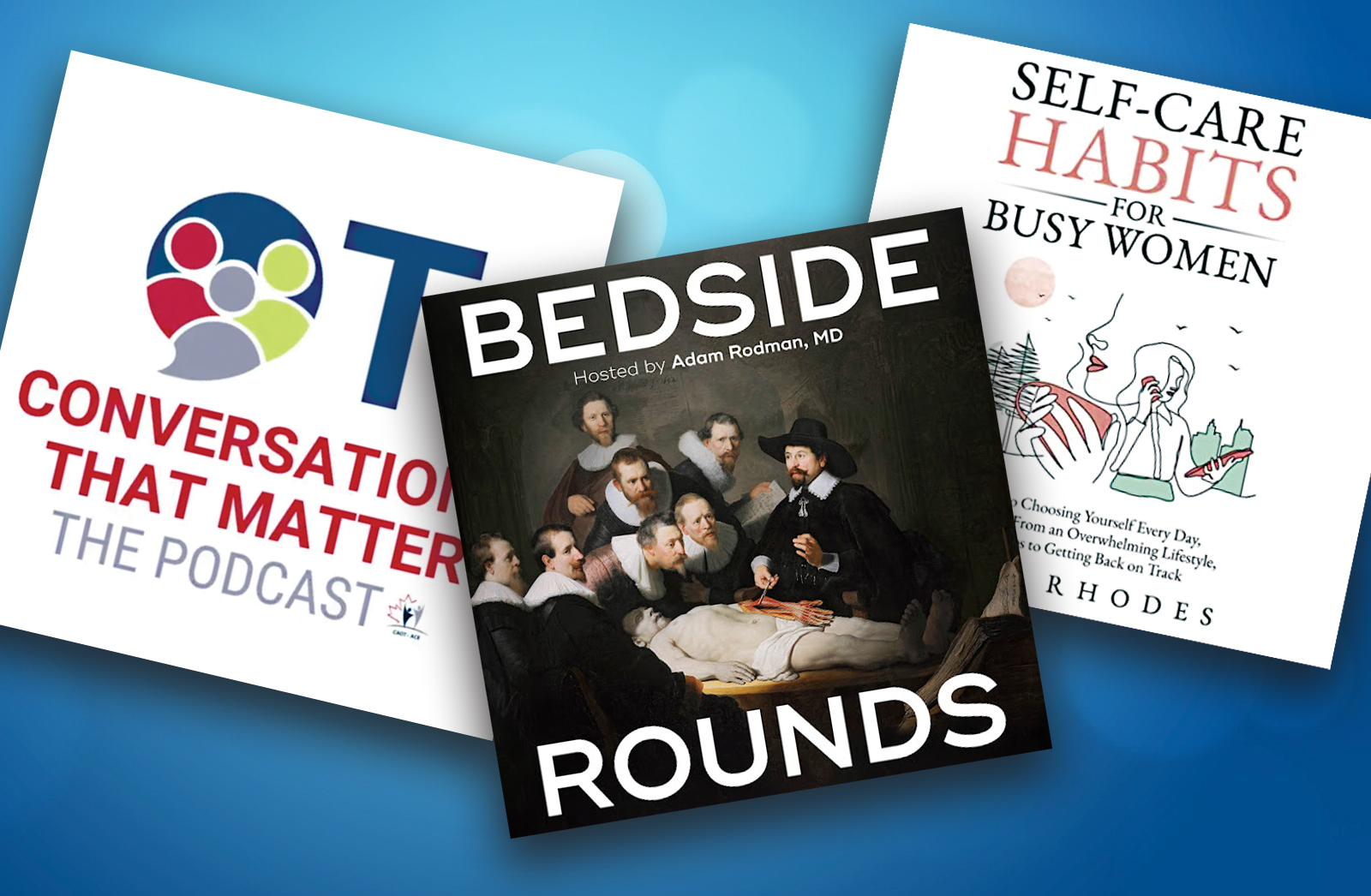Statistics Canada reports that up to 24% of Canadians over the age of 65 feel isolated. In her new book, The Joy of Connections, the iconic Dr. Ruth K. Westheimer presents a variety of practical and creative strategies designed to remedy the condition. Overall, her book represents a personal mission to help individuals break free from the bonds of isolation and loneliness.
Beginning in the 1980s, German American sex therapist, Dr. Ruth, as she was known, became one of the most trusted authorities on sex and relationships. A book writer, lecturer, talk show personality and radio host, Dr. Ruth passed away in July 2024 but not before completing her last project in which she addresses the joy of human connections. Her 159-page book contains scores of simple ways to beat loneliness and live a happier and more meaningful life. From cover to cover, The Joy of Connections is a motivating and action- oriented guidebook for overcoming social isolation. Presented in a straightforward manner it’s designed to teach readers how they can immediately begin embarking on a path to a more fulfilling existence.
The foundation of Dr. Ruth’s message is that everybody has the power to make their life bigger and better. By her own definition, she describes the book as a “kick in the pants” to get people started. It’s the old theory of “don’t put off till tomorrow what you can do today.” Her words are filled with meaningful encouragement and advice on ways to kick loneliness to the curb. Chapter by chapter, she offers tips and recommendations on how to begin changing the element of isolation. Moreover, she warns that getting started sooner than later is vitally important given that loneliness can lead to serious health conditions. Human beings are social by nature and our health depends on relationships and interaction, she writes. The medical community agrees. The following are among the health conditions that can potentially develop:
• Heart disease
• Greater risk of high blood pressure
• Obesity
• Depression
• Increased risk of stroke
• Dementia
• Cognitive decline
• Anxiety
• Weakened immune function
• Cardiovascular disease
Early on in the book Dr. Ruth emphasizes that loneliness is a subjective feeling and consequently people have the ability to decide it is no longer an option. “You can pursue relationships that make you feel special and appreciated,” she writes. Her menu for achieving this is divided into four parts: self, family, community, and friends and lovers.
Self
In this section Dr. Ruth challenges people to explore and change personal patterns of behavior that may be contributing factors to their state of isolation. Self assessment and change may be difficult but they represent the key to an existence free of loneliness, she writes. “Making new connections requires courage. If you’re shy or lack confidence, if you’re an introvert, it can be especially uncomfortable and intimidating to put yourself in social situations” she states. Throughout the “self” portion of the book there is a host of practical steps for getting started.
Family
The author places particular emphasis on the role that family plays in reducing loneliness. Their role is essential, she writes, in that it provides a unique and powerful sense of belonging and understanding; and because family relationships are so vital for social connection, Dr. Ruth says that whatever can be done to preserve, repair, and strengthen those bonds should be a priority. This stated position is followed by several good and useful rules of engagement with loved ones—engagement that encourages continuous supportive relations so important in maintaining an existence without loneliness.
Friends and lovers
In this section, Dr. Ruth cautions people to never passively wait around for divine intervention for the making of new friends or finding a romantic lover. Relationships need to be cultivated, she writes. As a teaching tool, she provides a host of strategies for cultivating and developing a circle of associations both romantic and otherwise. “Accomplishing this takes work and attention but the potential yield is worth it,” she says. “Curing loneliness won’t happen immediately; it is a deliberate step by step process. Friends and lovers don’t generally show up one day unannounced.” Advice for getting the process started is provided with tips and strategies for fostering a structure of friends and romantic interests all designed to replace the destructive elements of loneliness
and isolation.
Community
The key words in this section are: join, participate, volunteer, mentor and cultivate. Dr. Ruth stresses that within a community there are endless opportunities to find and establish relationships—connections capable of providing a fulfilling life in which there is no available space for loneliness. This section, like the others, ends with a variety of suggested avenues to be explored for the building of a network of connectivity, one capable of providing the joy of connections.
The Joy of Connections leans heavily on Dr. Ruth’s own personal life. Throughout the book she frequently injects experiences—both painful and positive—that occurred over her 96 year lifetime. The Holocaust survivor writes, “I’ve known the loneliness of being separated from my family at the age of ten, becoming a refugee, and never seeing my parents or grandparents again. I’ve known the loneliness of illness and disability, the kind that crashes over you when your body has been pierced by shrapnel and you’ve been severely wounded in a bomb blast, have lost part of your foot and are sure you’re about to die.” Who better than this remarkably successful woman and ultimate survivor to give advice on the issue of overcoming isolation and loneliness?
Donna Carter is a freelance journalist with an interest in senior’s health related issues.
Note: Collaborators on the book were journalist, Allison Gilbert and Pierre Lehu.














